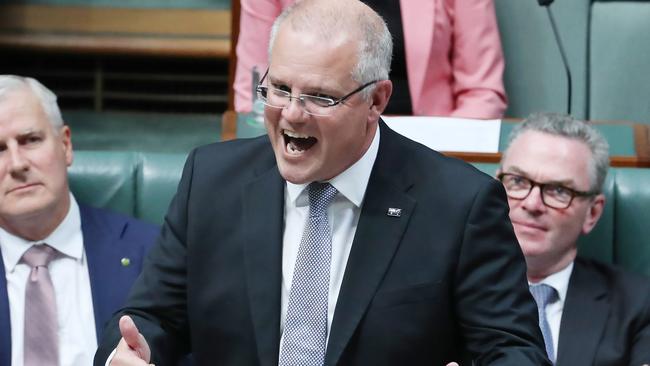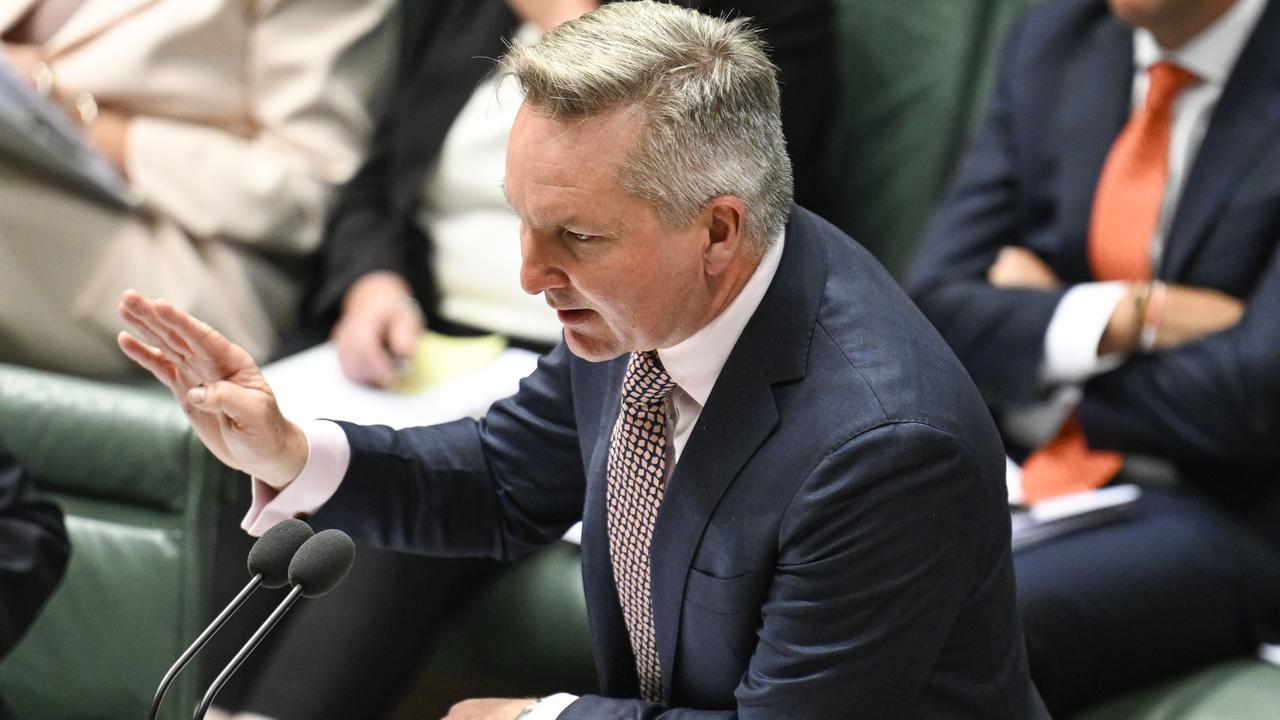
The economic choice in the election is coming down to how the same goals — tax cuts for low- to middle-income earners, debt reduction and budget surpluses — are funded and who pays the bill.
As Bill Shorten prepares his budget reply speech for tonight, which promises to have more fire and life than the budget, the real election choice is going to be more about who carries the burden of providing tax cuts than the personal tax relief itself.
It is already common ground that in the short term similar tax cuts will be offered by both sides, and the Coalition and Labor are committed to budget surpluses and debt reduction, with some differences in timing and scale.
Both sides are claiming economic responsibility as they return to a traditional appeal to voters at a time of growing uncertainty about the global and domestic growth outlook.
The aim for the Coalition is to build on a perceived advantage in economic management while reminding the public of Labor’s failure to deliver promised budget surpluses. The ALP wants to prolong the sense of “chaos and disunity” within the Coalition so it undermines faith in Liberal economic management and demonstrates “they’ve given up governing”.
The day after the budget Scott Morrison and Josh Frydenberg endlessly spruiked being “back in the black” with a surplus and eliminating “Labor’s debt” within 10 years. There was furious agreement from Labor on short-term tax changes with only minor adjustments for those earning less than $40,000 a year.
Indeed, for a budget that announced $302 billion in personal tax cuts over 10 years there was much less discussion than there would have been normally about tax cuts and much more on debt reduction and budget surplus. The Treasurer ticked off Labor’s own list of economic demands while Labor promised faster debt reduction and bigger, safer surpluses.
Labor’s day-one attack on the budget was curiously muted, lacked a central thrust and sought distractions. The concentration on a late-night change of heart to add Newstart recipients to a $75 once-off energy supplement and description of it as a “$80 million budget blowout” was risible.
It was messy and evidence the Morrison government is a minority government that needs Labor support to get the whole payment to pensioners through parliament this week but Labor should be wary of talking about “budget black holes” in the middle of a debate on economic credibility. Likewise, the misleading characterisation of the underspend of NDIS funds as a budget cut didn’t stand scrutiny. Labor even shifted from questions about the budget in parliament and sought to draw Morrison into a “race hate” debate about One Nation preferences.
The Prime Minister was also keen to look for distraction amid all this common ground and took every opportunity to attack Labor’s climate change policies, including “cash for Kazakhstan” and the “Borat tax” $36 million offshore carbon credit scheme.
Yet the central, long-term difference between Morrison and Shorten is about how the tax cuts, surpluses and debt reduction are funded — from the Coalition’s economic growth through stimulus and investment or from Labor’s $200 billion new taxes on business, investors and higher-income earners.



